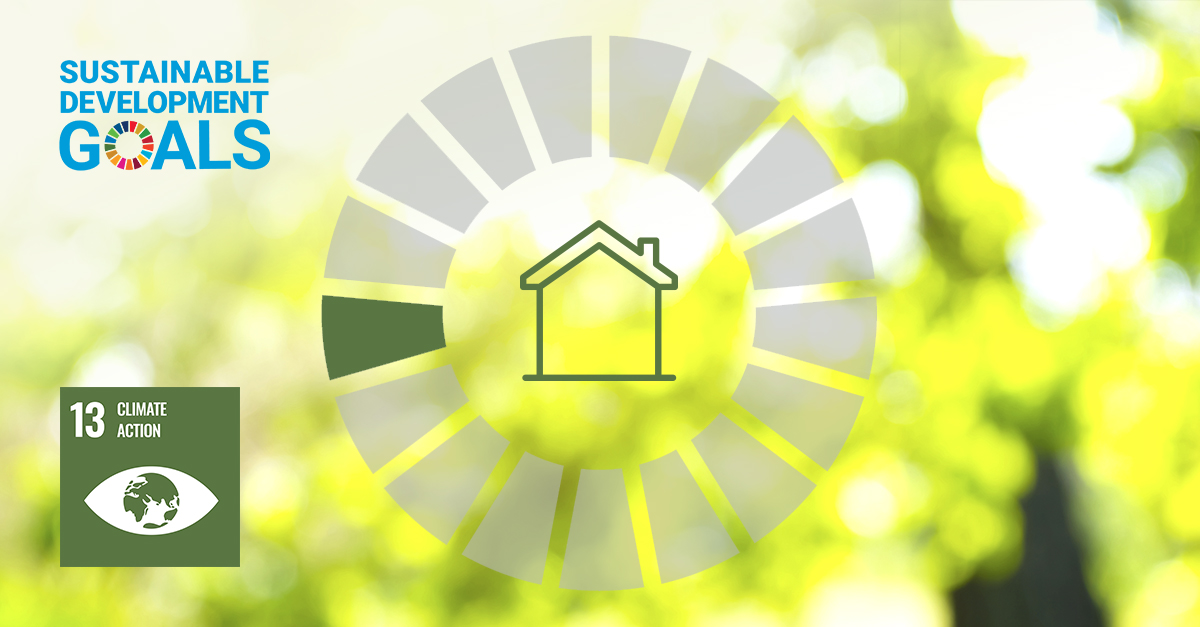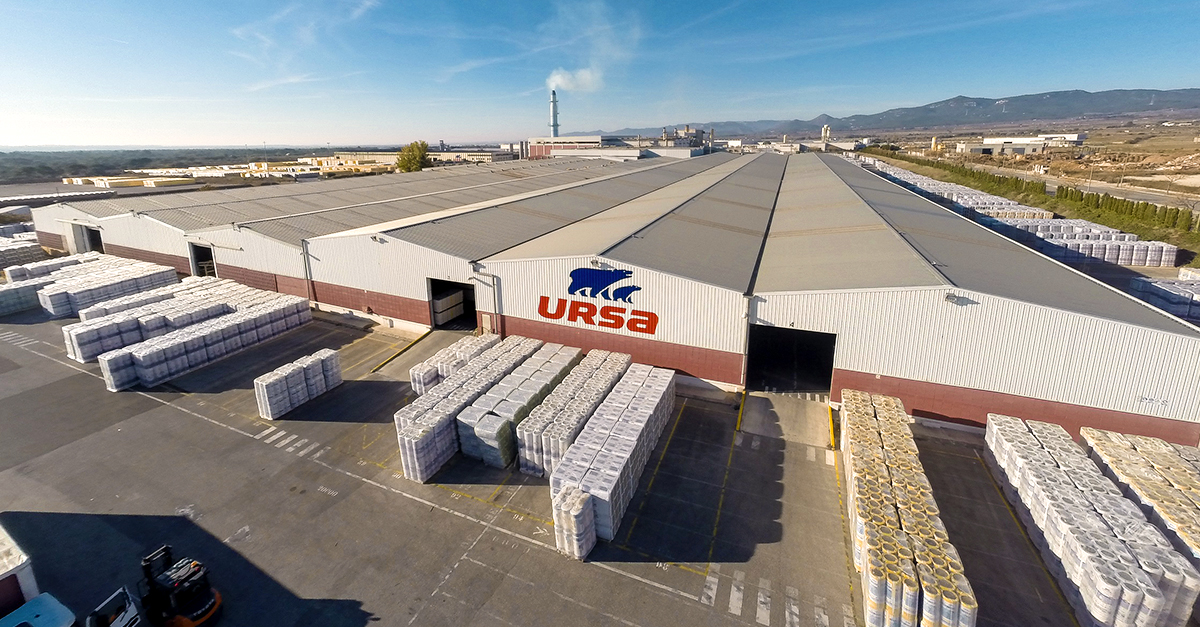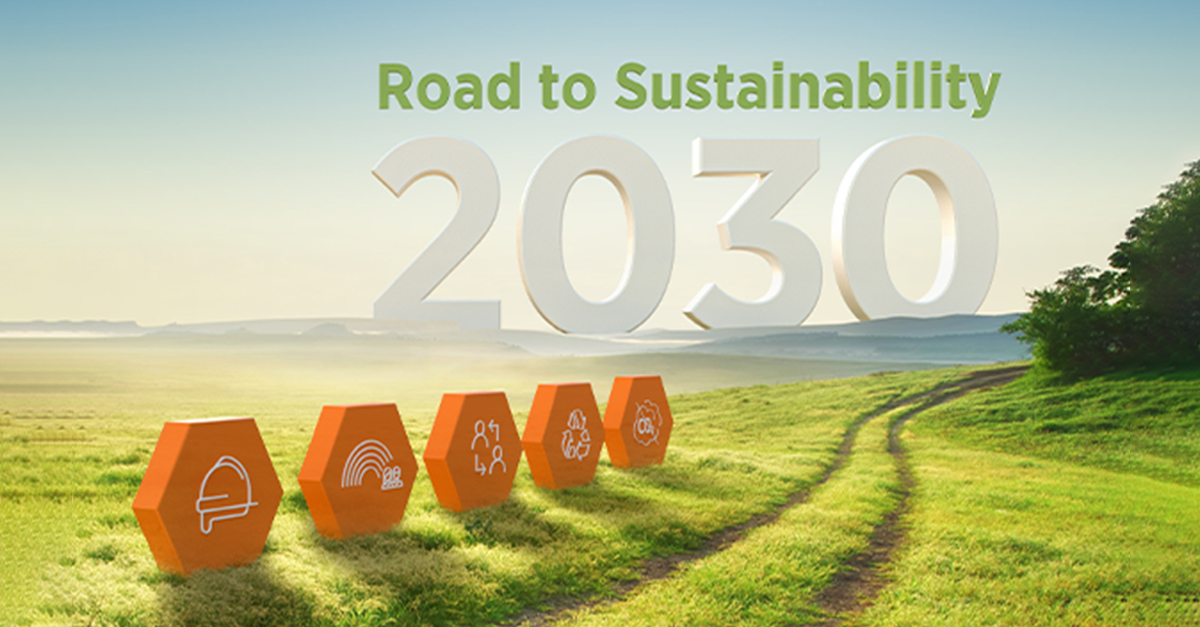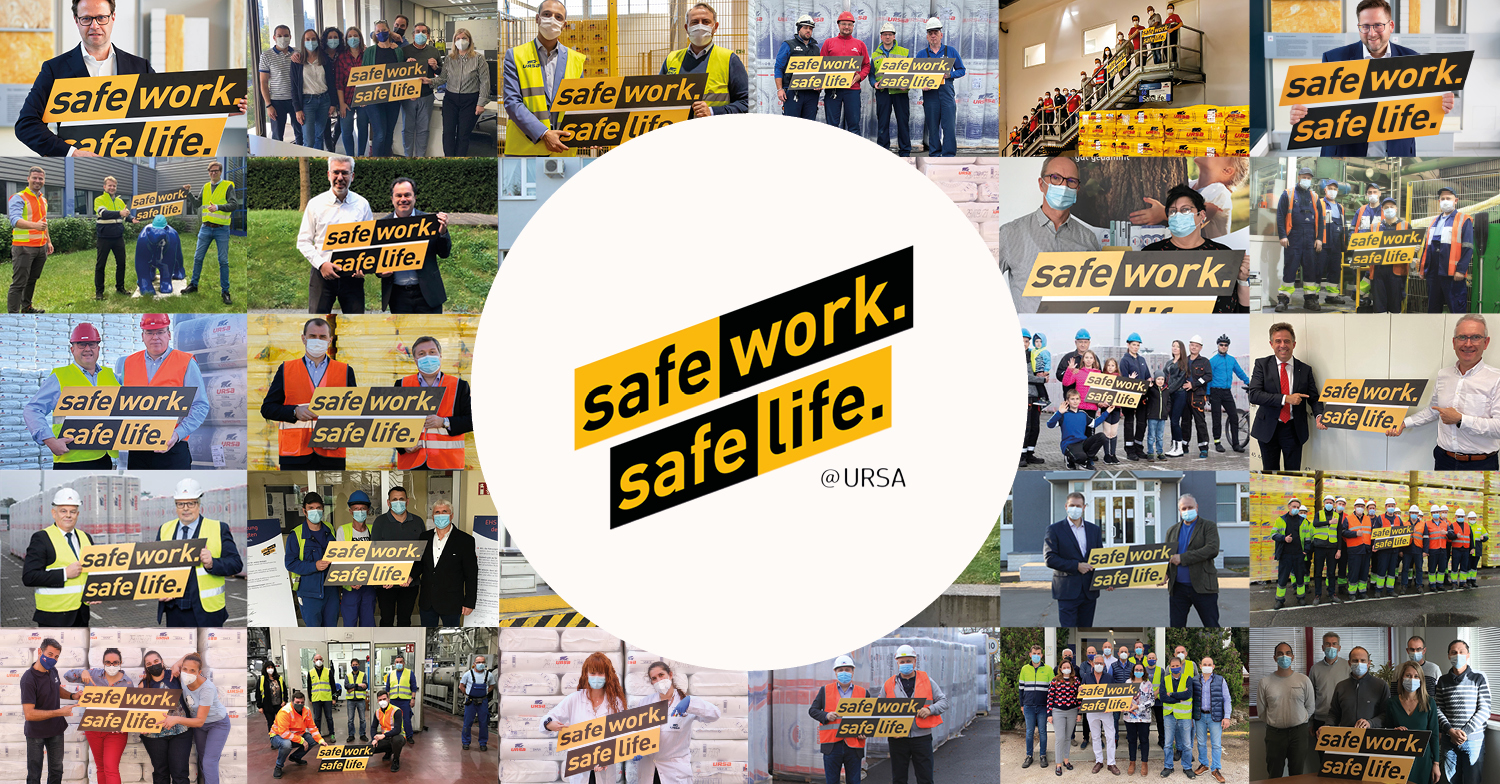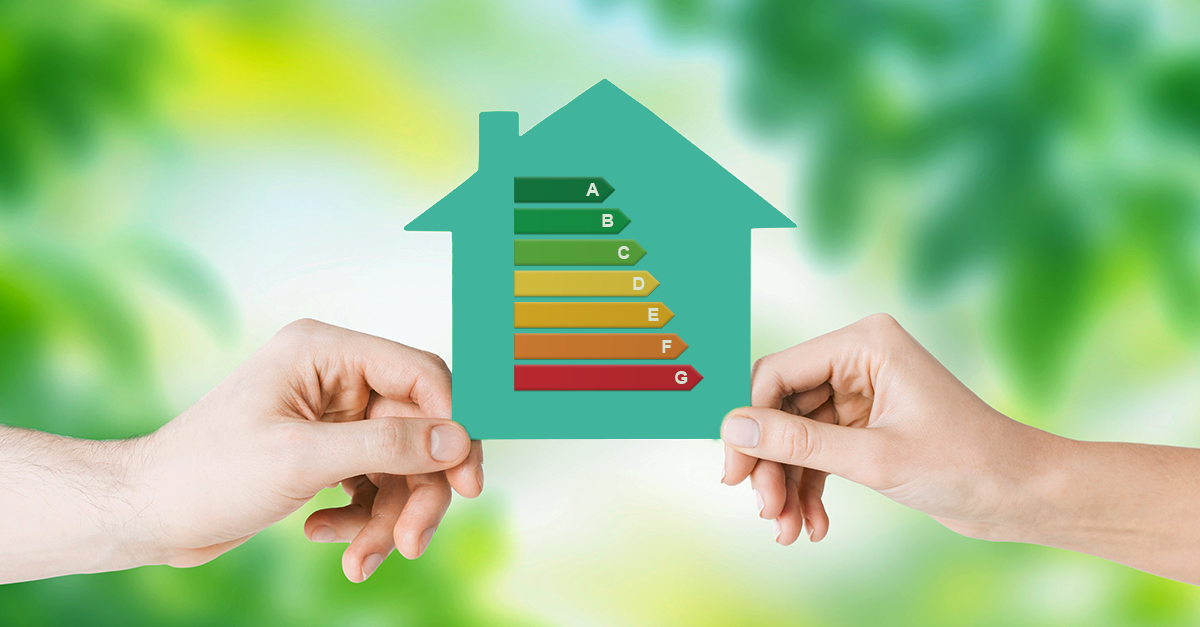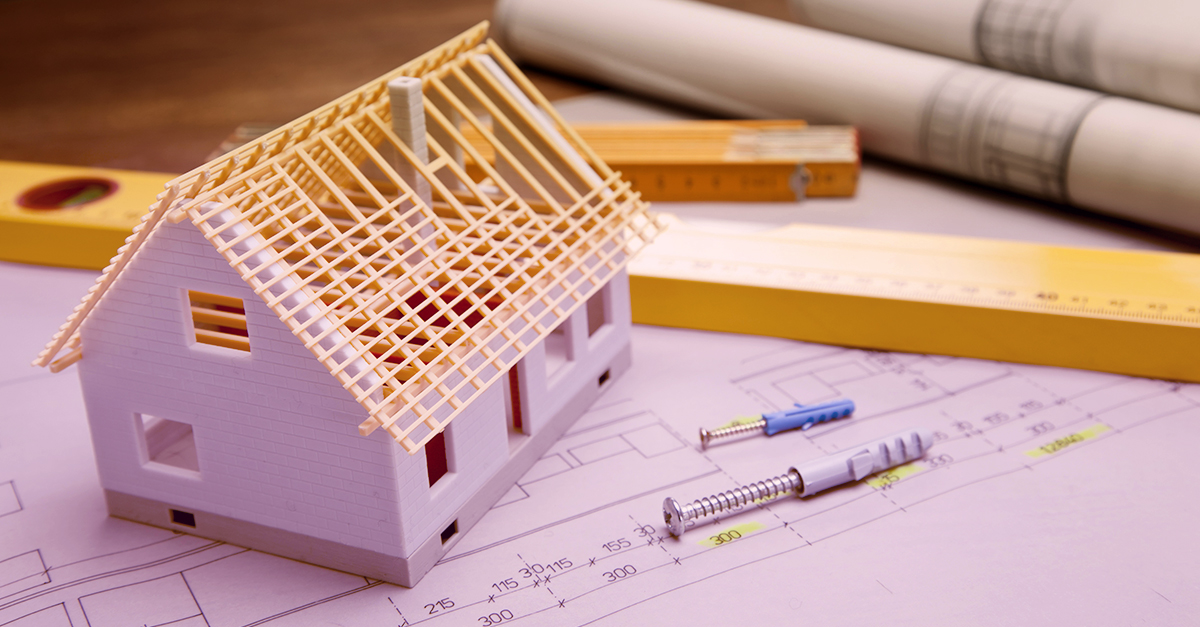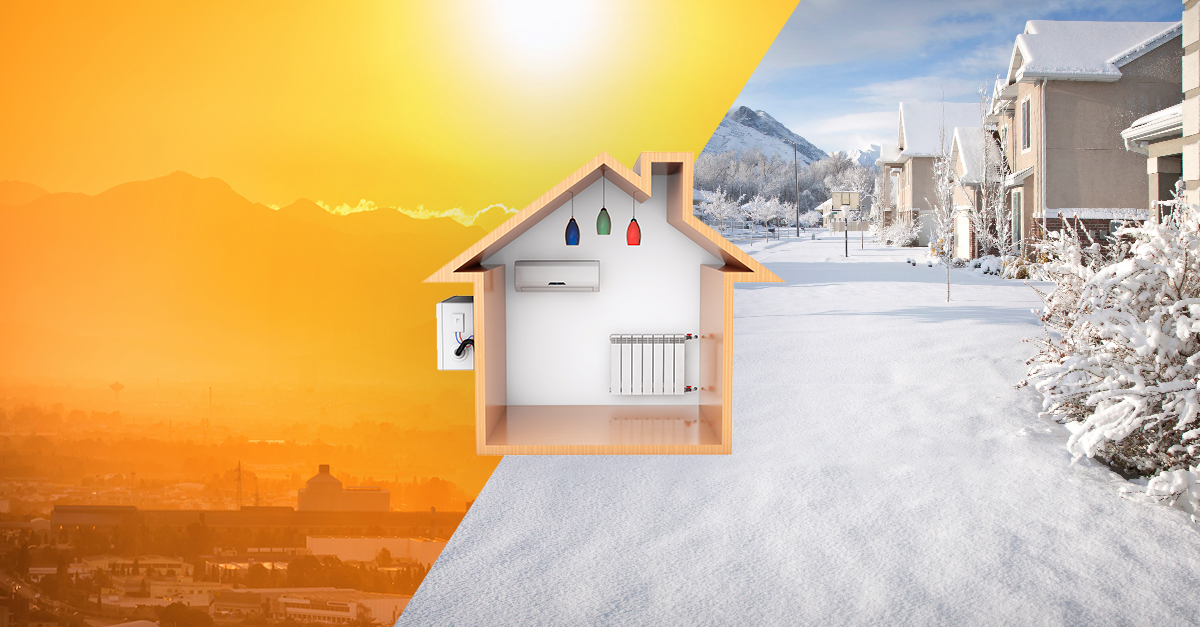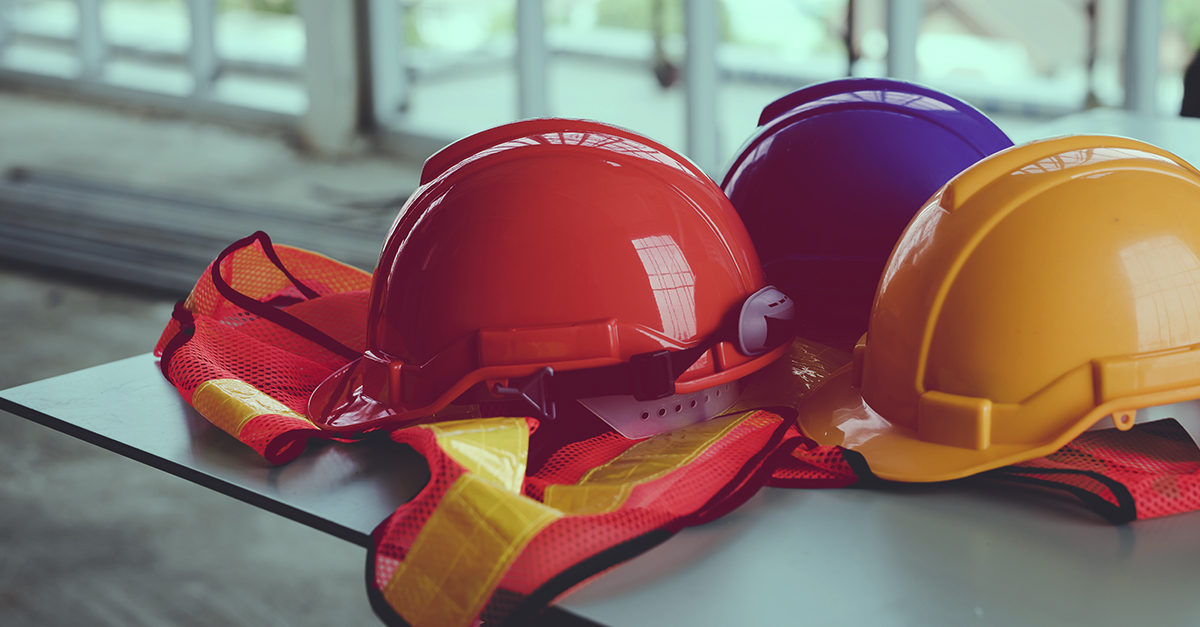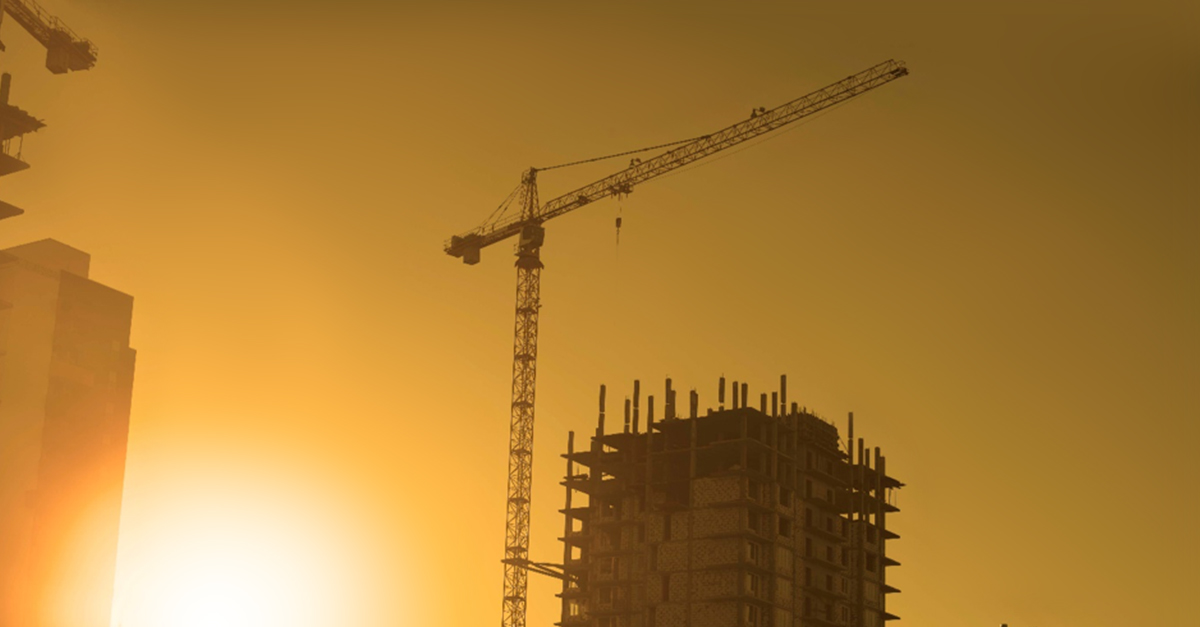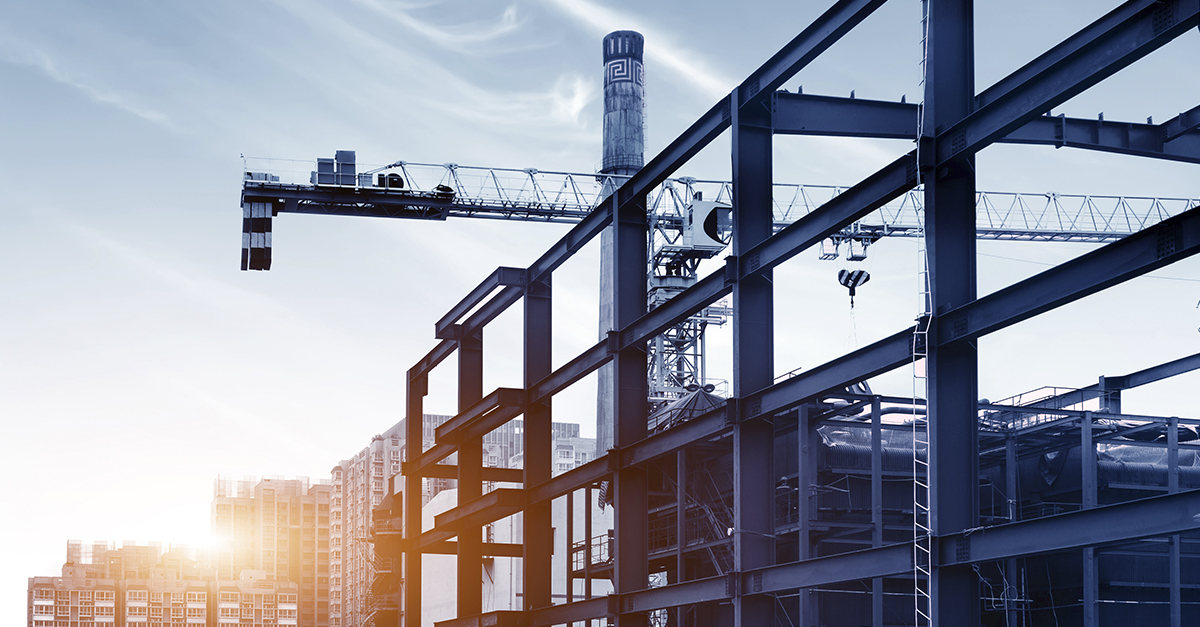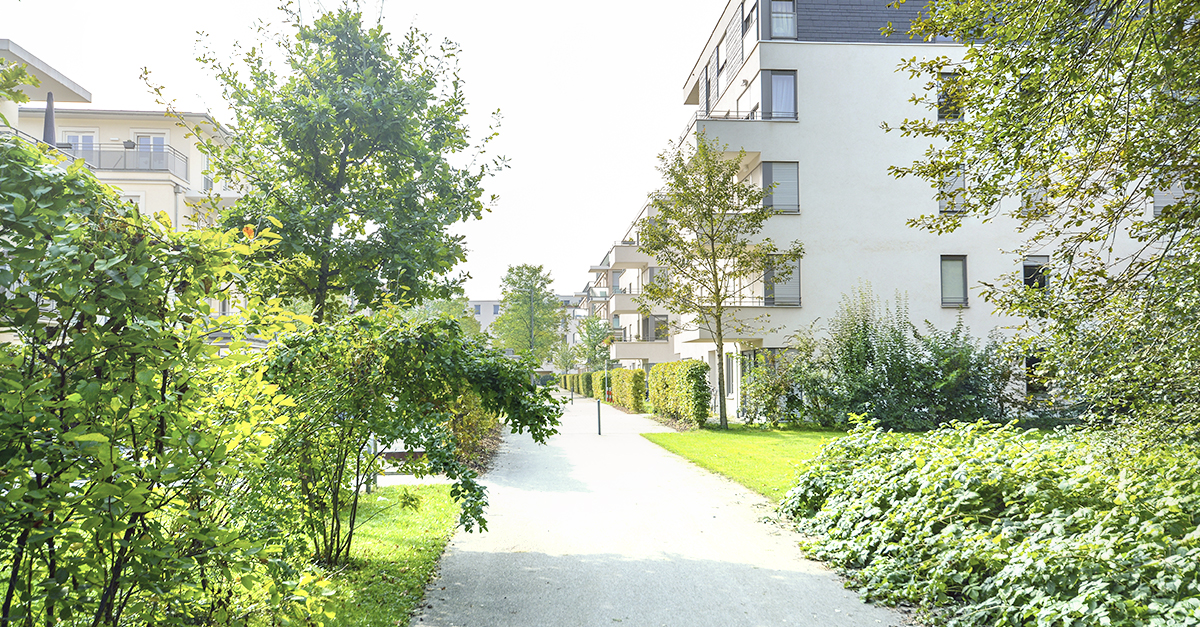Advancing human health, safety, and well-being with healthy buildings
What are the so-called "healthy buildings"? Air quality, thermal health and noise, are some of the nine key factors that the Harvard team determining has identified a building is healthy.
Share
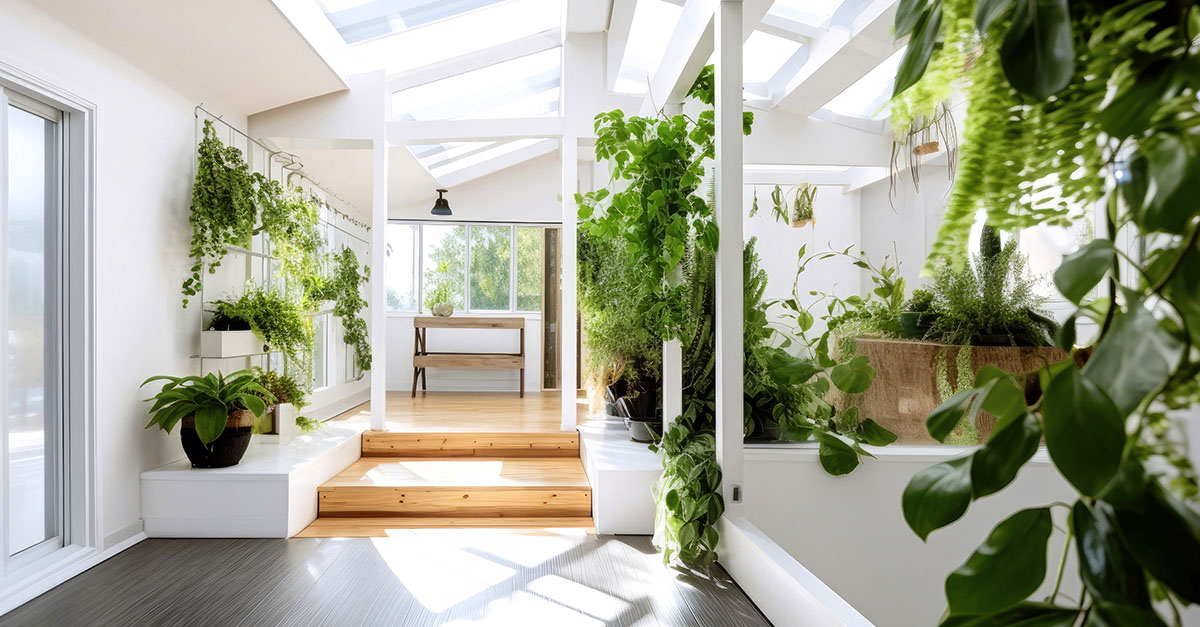
If there is one good thing that the devastating global pandemic has shown us, it is the importance of looking after ourselves and bearing in mind the external elements that impact our health. Bearing in mind that we spend a large part of our lives in enclosed spaces, whether at home or in the office, the term "healthy buildings" has been coined around the axes of correct ventilation, air quality, thermal health, dust and noise. At URSA, aware of the importance of insulation to protect indoor spaces, in this short article, we will explain what defines healthy buildings and how they can improve our safety and quality of life.
What are the so-called "healthy buildings"?
In a nutshell, healthy buildings are those that, due to their technical and constructive characteristics, promote their occupants' physical, mental and social well-being and minimise health and safety risks.
In recent years, the climate emergency has led to a revolution in building construction by applying sustainability criteria to reduce energy consumption and greenhouse gas emissions while at the same time improving the habitability and durability of structures. Furthermore, the pandemic has further accelerated these changes by highlighting buildings' impact on our health. For this reason, in new architectural designs, the concept of sustainability starts with the individual.
The Harvard School of Public Health has created the Healthy Buildings Initiative. Led by Dr Joseph Allen, the Initiative's mission is to "improve the lives of all people, in all buildings, everywhere, every day". With this maxim in mind, the Harvard team has identified nine key factors determining a building is healthy.
- Ventilation – Air intake from the outside should be situated away from sources of street pollution. Whether air comes from outside the building or is recirculated, it should be filtered down to the nano-particle level.
- Air Quality – Low-emission construction materials and furnishings should be used. Vapor barriers (e.g. damp proofing) should be used, and humidity levels should be controlled.
- Thermal Health – Temperature control should be a constant to meet the comfort requirements of those inside.
- Moisture – Constant monitoring of moisture sources or condensation within the building should take place.
- Dust & Pests – Regular cleaning and trash removal are necessary to keep dust levels down. There should be no entry points into the building for pests or animals.
- Safety & Security – Fire safety precautions and protocols should be in place. As should an emergency action plan. Adequate lighting, video monitoring, and an incident reporting system can all help increase the safety and security of the building’s occupants.
- Water Quality – Drinking water should comply with the relevant standards. Measures might include a water purification system and efforts to avoid water stagnation at rest in the building's plumbing.
- Noise – Background noise should not rise above 35db, and protection should be in place to minimise noise from outside.
- Lighting & Views - Work and habitation spaces should have direct lines of sight to exterior windows. The use of natural daylight should be maximised, and interior lighting design should avoid causing glare.
The Harvard team has put together this comprehensive list of building health factors, but what are the key challenges facing designers of healthy buildings?
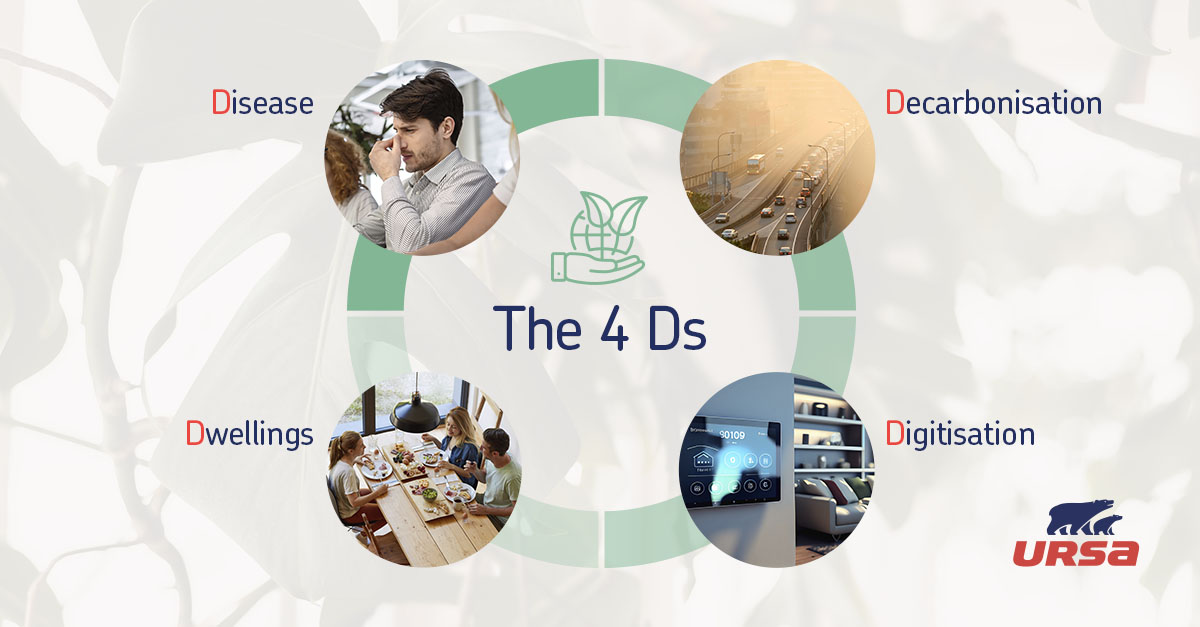

The 4 Ds
In 2021, the International Society of Indoor Air Quality and Climate (ISIAQ) organised the 17th Healthy Buildings Conference in Oslo, Norway. The conference highlighted four key topics that are currently relevant to healthy buildings.
Appropriately enough, given the current pandemic, the first D is for disease. As mentioned above, the COVID-19 pandemic has done much to encourage research and raise awareness of how respiratory illnesses are transmitted indoors.
The second ‘D’ is decarbonisation, bringing us to the EU’s 2050 targets for carbon neutrality. These targets demand deep renovation of much of the existing building stock, and ensuring that such renovation doesn’t compromise health for lower emissions is essential.
A helpful tool in improving building health is digitisation as sensor and automation technology is improved. This third D makes it easier to control ventilation and airflow in building structures, potentially benefiting indoor environmental quality (IEQ).
Finally, dwellings bring the focus to people’s homes. As urbanisation increases, we need to consider building design's impact on neighbourhoods and communities. For example, how are we regulating outdoor air quality? How do we avoid creating urban canyons that trap pollutants at the street level? How do we avoid the ‘heat island’ effect, often associated with increased air pollution?
We need to consider building design's impact on whole neighbourhoods and communities. For example, how are we regulating outdoor air quality? How do we avoid creating urban canyons that trap pollutants at the street level? How do we avoid the ‘heat island’ effect, often associated with increased air pollution?
Healthier buildings for the future
Looking ahead, can we be optimistic? The importance of indoor air quality and other environmental factors, such as temperature, moisture and noise, is increasingly accepted. URSA is aware that insulation becomes a critical factor in achieving health goals in buildings all over the world, helping improve people's lives and therefore invests heavily in developing new technologies for that, such as the InCare™ technology, which protects inside air from microorganisms.
As wired.com points out, “Because of COVID-19, developers realise that incorporating health concerns in a building's design isn’t just a luxury—it’s a necessity.”
Indeed, the quality and design of our building stock are more than an environmental issue; it’s a critical health factor for the world’s population.
Share
Categories
Lastest news
Tags
- Accelerate Renovation
- Building Renovation
- Certification
- Circular Economy
- circulareconomy
- Climate change
- CO2 Reduction
- Comfort
- Deep renovation
- Descarbonization
- Diversity
- Energy efficiency
- Environment
- EPBD
- Equality
- ESG
- ETEX Group
- Eurima
- Green Deal
- Healthy Buildings
- Healthy homes
- Indoor air quality
- Industry
- innovation
- InspiringWaysOfLiving
- Insulation
- InternationalWomensDay
- LCA
- Mineral wool
- PrioritisePeople
- Recycle
- renewable energy
- Renovation Wave
- reuse
- Safe homes
- Safe life
- Safe work
- Safety
- Save
- Solidarity
- Sustainability
- Thermal insulation
- UN Sustainable Development Goals
- United Nations Global Compact
- UnitedToInspire
- URSA
- Ventilation
- waste
- We are URSA
- We are Xella
- Women
- WorldPolarBearDay
- Xella Group








